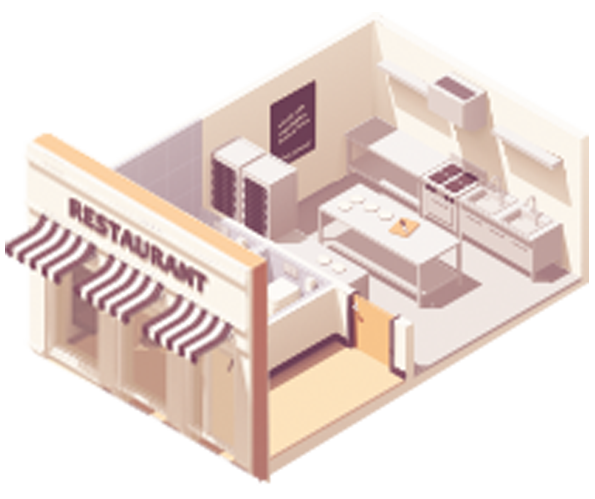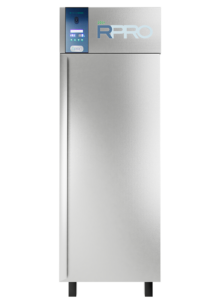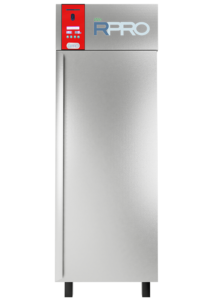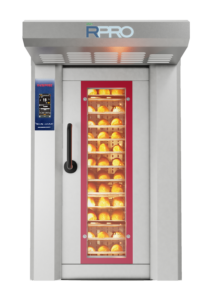In the Ho.Re.Ca. sector, leavened products are a fundamental element for enriching the gastronomic offer and improving the customer experience. These products include:
Bread (sandwiches, baguettes, focaccias, ciabattas, multigrain breads)
Breakfast pastries (croissants, pain au chocolat, brioches, Danishes, muffins)
Savory baked goods (focaccias, pizzas, quiches, breadsticks)
Leavened desserts (panettone, babà, savarin)

Main advantages.

Consistent quality:
A good industrial or semi-industrial supplier ensures a consistently high quality and uniform product. The doughs are worked with controlled processes to guarantee taste and fragrance

Cost and logistics optimization:
No need for internal baking laboratories or specialized personnel.

Reduced waste:
products can be stored for a long time and used on demand.

Ease of preparation:
Frozen raw and pre-cooked products allow quick and uncomplicated preparation, improving service management.

Wide choice for different types of customers:
Possibility of offering classic, gourmet and dietary options (gluten-free, vegan). Customization of the menu based on the season and customer needs.

Flexibility in the offer:
Ideal for hotels and restaurants that want to serve hot bread or fresh pastries without having to produce them on site.
Suitable for both small coffee shop and large catering facilities.
Phase 1:
The first step is the arrival of the frozen product, which is transported by truck at a controlled temperature to preserve its organoleptic characteristics, guarantee food safety, and keep the cold chain unaltered.
Phase 2:
Once delivered, the bread, raw or pre-baked, is immediately transferred to the low-temperature cold rooms, where it remains stored until it is processed.

At this point, raw bread and pre-baked bread
follow 2 different routes:

Phase 3:
For raw bread, the next phase is the introduction into the Retarder Proovers, the day before baking, where it is subjected to a controlled fermentation process.
Thanks to a careful balance of temperature, humidity and time, the product rises optimally, developing structure and aroma, fundamental for obtaining high-quality bread.

Phase 4:
For pre-bakeked bread, the next phase is introduction into the Climatic upright, the day before baking, where the bread will undergo a gentle and gradual defrosting so that the ice crystals formed during freezing do not damage the structure of the bread and the bread does not become excessively wet.

Step 5:
For both types of products, the following day, at the desired time, the bread is baked. Both paths guarantee the artisan bakery to offer customers various types of leavened products, always fresh and freshly baked.
Insight
Rack Oven is one of the most used tools in industrial and artisan bakeries for cooking bread and other baked products. Its main feature is the baking chamber with rotating rack, which guarantees uniform and constant cooking, while a good burning chamber defines its quality and correct air circulation its efficiency.
The oven uses a flow of hot air generated by a gas, oil or electric resistance burner.
A powerful fan distributes the hot air evenly, improving the quality of baking.
The rotary rack ovens are equipped with a steam generator, essential for obtaining crispy crust and well-developed honeycombing. Steam is introduced into the baking chamber at the beginning of baking to maintain the necessary humidity.
Another fundamental element of rotary rack ovens is the PC controller which guarantees that all cooking phases are carried out in the best possible way and manages the different components of the oven with times and methods that guarantee excellent cooking results.
The structure with adequately insulated walls and door reduces heat dispersion and improve energy efficiency.
Main Advantages:
✅ Versatility: Suitable for different types of bread (baguettes, ciabattas, rolls, loaves) and baked products (pastries, focaccias, biscuits).
✅ Uniform baking: The rotary rack oven uses a rotating rack, which allows for a more even distribution of heat across all products.
While in convection ovens, the heat is distributed by fans, but there may be hot or cold spots within the chamber.
✅ Ease of use and automation: Preset programs reduce the need for specialized labor.
Advanced models allow remote management via Wi-Fi.
✅ Excellent crust formation: Thanks to the steam system, the bread is crunchy on the outside and soft on the inside.
Many standard convection ovens don’t have an effective steam system, which can make bread less crispy, softer, and sometimes chewy.
✅ Baked goods of different sizes: The rotary rack oven can bake large formats of bread (loaves, baguettes) without problems of irregular exposure to heat.
In convection ovens, the heat forced by the fans can cause excessive drying or deformation on larger formats.
